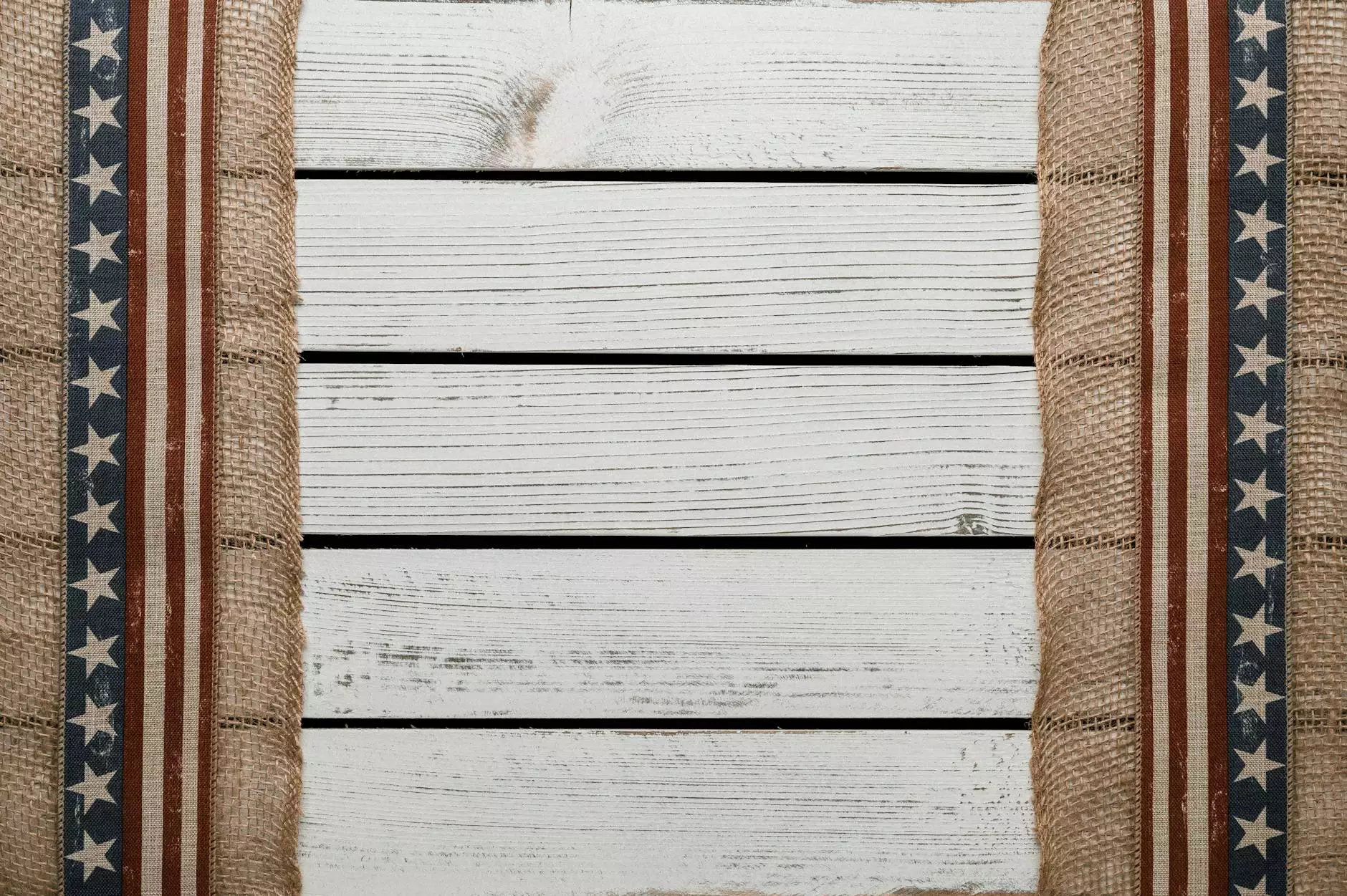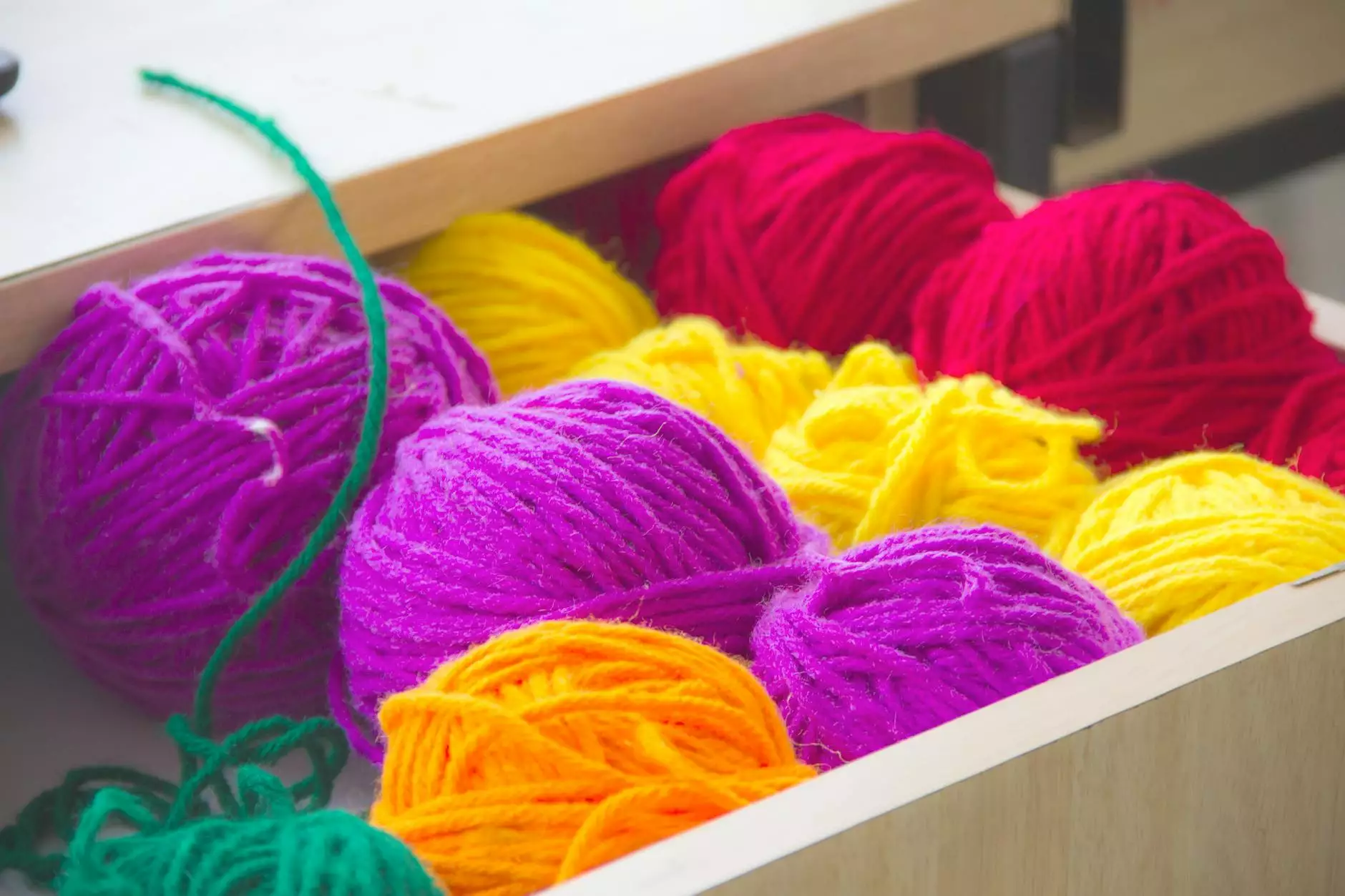A History on Mudcloth
Clothing
Introduction to Mudcloth
Mudcloth, also known as Bogolanfini, is a traditional African textile that has gained immense popularity and recognition in the world of fashion and design. Its unique patterns and cultural significance make it a highly sought-after fabric for both fashion enthusiasts and interior designers. In this article, we will delve into the history and importance of mudcloth in African culture and beyond.
Origins and Cultural Significance
Mudcloth has its origins in West Africa, particularly in countries like Mali, Burkina Faso, and Senegal. It has a rich history and holds great cultural significance among the local communities. Traditionally, mudcloth was handwoven by local artisans using natural materials like cotton. The production process involves several intricate steps that have been passed down through generations.
Mudcloth patterns often depict symbols and motifs that carry deep cultural meanings. They are used to communicate messages, tell stories, and celebrate important events. Each pattern carries its own unique symbolism, making the fabric a meaningful form of artistic expression within the African culture.
Production Process
The production of mudcloth is a labor-intensive process that requires exceptional skill and attention to detail. The fabric is made from hand-spun cotton, which is then dyed using natural substances such as fermented mud, leaves, and bark. The dyeing process involves carefully applying the mud or natural pigments to the cotton fabric and allowing it to dry in the sun.
After the dyeing process, the cloth is washed multiple times to remove excess mud and reveal the intricate patterns. The patterns are created by using wooden sticks or tools to apply and control the mud or dye. The repeated application and washing result in bold, contrasting designs that are characteristic of mudcloth.
Mudcloth in Contemporary Fashion and Design
Over the years, mudcloth has moved beyond traditional cultural contexts and has become a prominent feature in contemporary fashion and interior design. Its unique patterns and earthy color palettes add a touch of authenticity and cultural richness to various design projects.
In fashion, mudcloth has been embraced by both high-end designers and independent brands. From clothing and accessories to shoes and handbags, mudcloth has made a significant impact on the fashion industry. Its organic textures and one-of-a-kind patterns have captivated designers and fashion enthusiasts worldwide.
In interior design, mudcloth is often used as a statement piece. Whether it's in the form of intricately patterned throw pillows, wall hangings, or upholstery fabric, mudcloth adds a touch of African heritage and uniqueness to any space. Its versatility allows for creativity and customization, making it a go-to choice for designers looking to infuse personality and cultural depth into their projects.
Conclusion
The history and cultural significance of mudcloth make it a fascinating textile to study and appreciate. From its traditional roots in West Africa to its contemporary influence in the fashion and design world, mudcloth continues to enchant and inspire people across the globe. By preserving and celebrating traditions like mudcloth, we can embrace the beauty of diverse cultures and keep their stories alive for generations to come.



